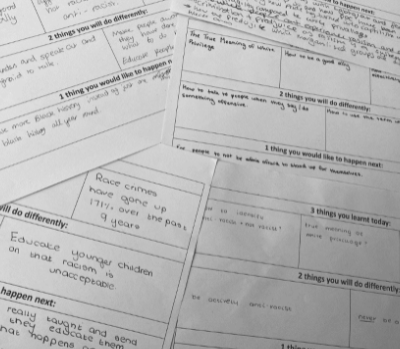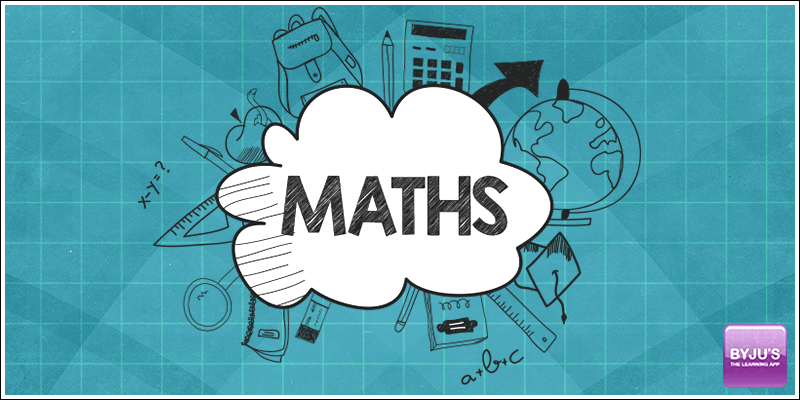

This year’s GCSE grading was a big upheaval for everyone. Chris Hook argues that while she is extremely capable and her maths students did well, they still had no idea where the grade boundaries had been set until results day. We don’t have this in any other profession so why are pupils and teachers expected to guess?

Having just received our latest GCSE results I wish to make some comments about the changes that the government and the exam boards are making. These are my personal views because I would like to see clear targets and Grade boundaries ahead of the new academic year, so that all teachers whatever their level of experience will know exactly what they are working towards in the future. It is so unfair that these are not known in advance.
Where in life other than in education do we have targets that are unknown or at the very least uncertain?
If you are playing sport you know where and how you need to score goals or points, in business you are given target figures and in public services staff are given targets that they should achieve. We are given FFT and school targets but what are they really when we have no idea where the boundaries will fall.
I’m a very experienced mathematics specialist and although completely understand the new mathematics GCSE course – I attended all of the exam board introductory courses in 2014 and did a comparison of all of them for Edexcel – I only have a rough idea of the targets that my students face, because I still have to cope with the annual changes that the Government and Ofqual make to the percentages passing at each grade.
Mathematics is hard enough these days with a significant amount of A level content being introduced at Higher tier. Don’t get me wrong, I am totally in favour of aiming higher and raising standards and always strive for that myself, but there are some really worrying things about the current percentages required to achieve specific grades.
I will add, that I had the best ever grades this year, so it isn’t sour grapes in any way!
As an example:
to gain a grade 9 students were expected to achieve 83.75% and I feel that this is too high. Why can’t we settle on 80%, for example, as the boundary for grade 9? On the other hand, a grade 3 at Higher tier only required 10.83%. Surely this does not show mastery of Higher Tier skills and ought not be given as a grade as it is far too low.
Overall there was a hike in all of the AQA grade boundaries from last year and it is probably similar in other awarding bodies.
Comparing grades 2017 and 2018:
| 9 | 8 | 7 | 6 | 5 | 4 | 3 | |
| 2017 | 194 | 159 | 124 | 96 | 68 | 40 | 26 |
| 80.83% | 66.25% | 51.67% | 40% | 28.3% | 16.67% | 10.83% | |
| 2018 | 201 | 169 | 138 | 107 | 77 | 47 | 32 |
| 83.75% | 70.41% | 57.5% | 44.58% | 32.08% | 19.58% | 13.33% | |
| increase | 2.92% | 4.16% | 5.83% | 4.58% | 3.78% | 2.91% | 2.5% |
Students and employers (and perhaps some teachers) are still not sure what these grade mean either. Just look at the equivalent grades compared with the old grades.
Is it a surprise that many are still confused. Where does the 8 end and where does the 9 begin if the boundaries change every year?
Yes at results time we do get the boundary marks but this is too late!
Can we please have specific grade boundaries and targets that do not change every year?
| New Grading Structure | Old Grading Structure |
| 9 8 7 |
A*A |
| 6 5 4 |
BC |
| 32 1 |
D E F G |
| U | U |
Link to the DFE grading poster: https://assets.publishing.service.gov.uk/government/uploads/system/uploads/attachment_data/file/719124/Grading_new_GCSEs25.6.2018.pdf
From the DFE website:
How do the new grades relate to the old ones?
We have designed the grading so that there are comparable points at key grades. The bottom of a grade 7 is comparable to the bottom of the old grade A, the bottom of a new grade 4 is comparable to the bottom of the old grade C, and the bottom of the new grade 1 is comparable to the bottom of the old grade G. We have been clear to employers, universities and others that if they previously set entry requirements of at least a grade C, then the equivalent now would be to require at least grade 4.
Students are now having to take many more exams than previously and the stress that these exams place on them is now starting to cause mental health issues. Some have to take as many as 25 examinations.
What are we doing to help them through this?
What is the impact on the higher achievers and what is the impact on those who have special needs or those who are not academic?
We need to consider the overall issues that these new exams have brought for all our students.
Are we being fair to all of them?